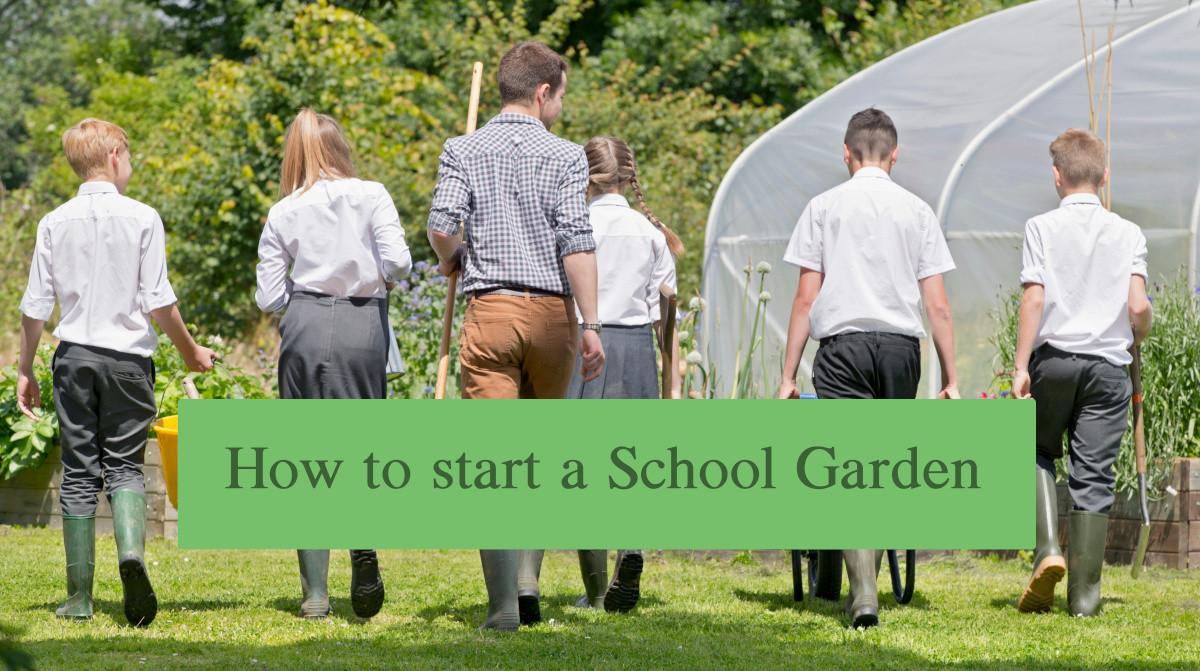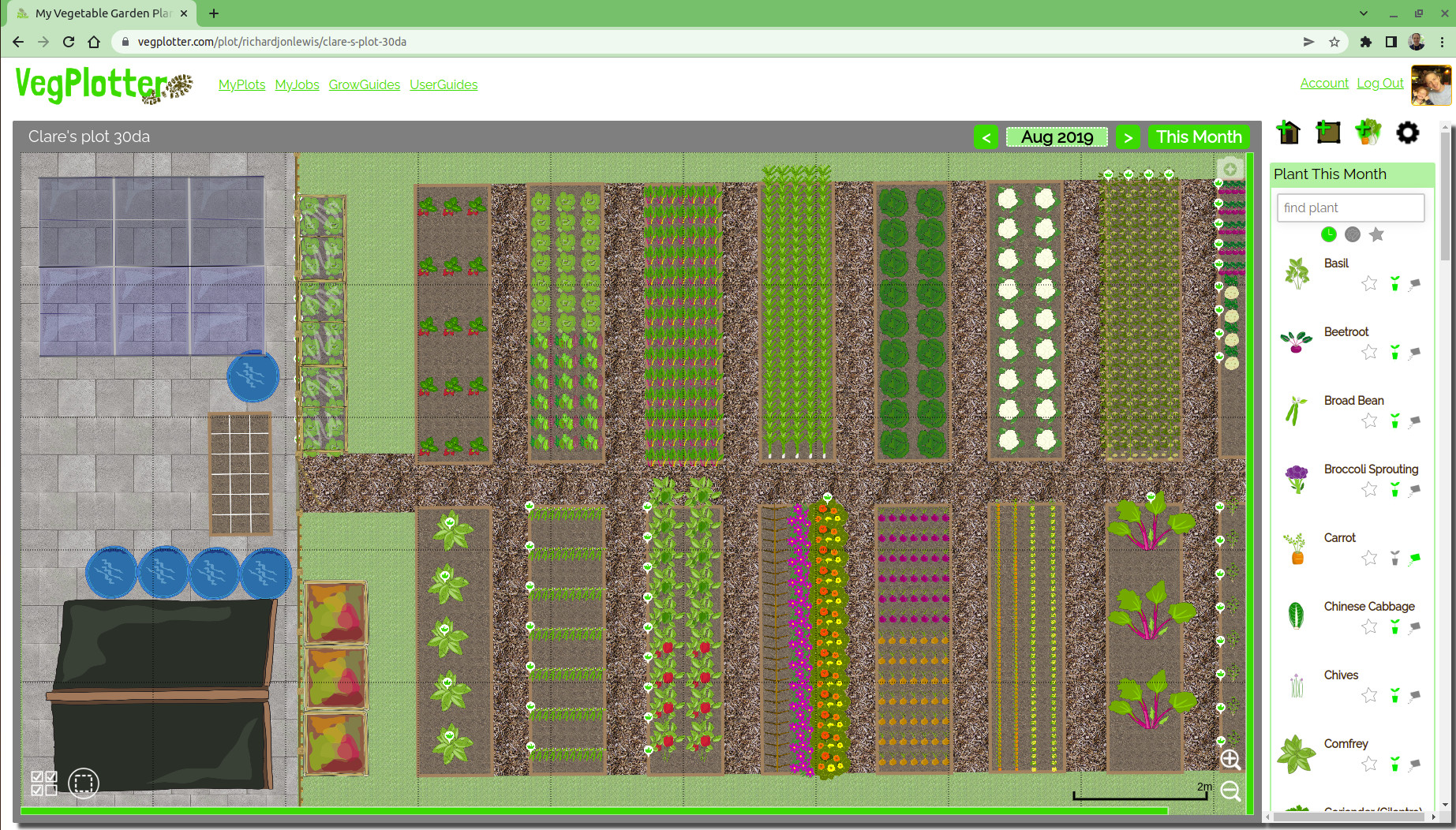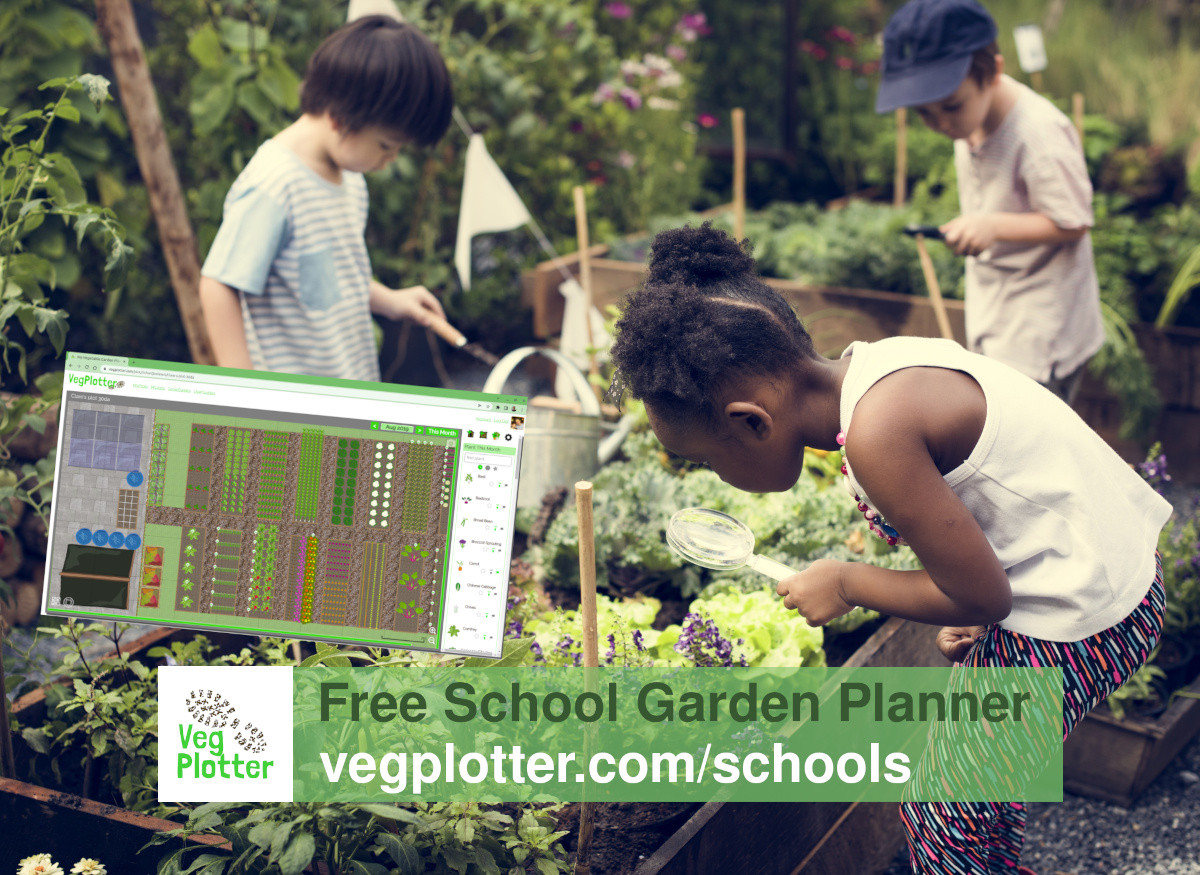How to Start a School Garden

School gardens can provide so much for a school. They get kids and teachers outside. They give variety to lessons. They can provide unique opportunities to engage children in other seemingly unrelated topics like maths, geometry, history and science. And they also can brighten up unused areas of the school grounds.
Important Health and Safety Note
Gardens are generally safe places that help with health and wellness, but they have hazards. If you are planning to start a school garden, it's important to understand and manage the risks associated. RHS’s School Gardening Campaign has created a useful guide on the subject with example risk assessment templates https://schoolgardening.rhs.org.uk/Resources/Info-Sheet/Health-safety-in-the-garden
Designing your school garden
What space do you have? What type of garden do the children want? There are many approaches that you can use for your school garden. Our guide on how to start an allotment also applies to starting a school garden. https://vegplotter.com/blog/start-an-allotment-from-scratch
Getting the kids to help design the garden is a great way to get them involved. Depending on their age, they may even do the work for you. And even if they are younger, they can learn a lot through surveying the site and coming up with ideas for what they want it to look like and what they want to grow in the space. Get them to design their ideal school garden through drawing or other art forms. Use maths lessons to measure the garden and determine how much growing space (area) they can get out of their garden designs.
Don’t forget you’ll need space to store tools and other materials (netting, poles) when not in use in the garden. Also, consider where you can bring on seedlings for the garden. This may mean you’ll need a greenhouse, but classroom windows may be the perfect solution and also keep the kids engaged with gardening during the colder months or lead up to spring.
Getting the help you need (funding, tools and person-power)
The success of a school garden is built on the support of the school community. Some school gardens are run well by one individual’s vision and drive alone, but those are not the gardens that thrive. The key is to involve and gain the support of all those involved in the school.
- Having a defined set of goals for your school garden will help to get others on board and make it very clear what the school is aiming to achieve so that it doesn’t get steered away from the school’s or children’s vision by others.
- Get Parents to help (maybe through donating tools, seeds and their time to help)
- Get the kids involved (even little ones can make a big difference in turning a weedy bed. Use the many freely available lesson plan ideas to encourage the other teachers to incorporate and use the garden as part of their lessons.
- Get the Parent Associations onboard. Ask for help in getting funding. Work with the associations to arrange events involving the garden. For example, * Hold a bed-digging BBQ for parents and families to help with the initial set-up of the garden.
- Get local companies involved. Contact local businesses to see if they can donate money, time, or skills to help set up the garden. Garden Landscapers are a great example. Ask if they are willing to sponsor the garden.
- Get the school’s neighbours involved. You might find a number of the school’s neighbours would love to help. School gardening projects often brighten up an area and increase the ascetic of a neighbourhood. Asking for help in maintaining the garden. Many would be willing to help weed and keep the garden in check.
- Contact the local paper. They may be willing to carry a story about the school garden project and might be a great way to find people and businesses interested in helping or supporting the project.
Creating the garden
This is often seen as the hardest part, but if you have gathered the support you need, it can often be the easiest part.
Plan a day/weekend when you can get parents and others in the area involved. Have your plans in place to know what needs to be done. It may be that you already have an overgrown school garden that you need to bring back to life. In this case, weeding, clearing and digging over the ground will be the order of the day. Or it may be building and filling raised beds on a lawn. Whatever the plan, make sure everyone knows what will be involved.
The secret here is planning and good communication with all involved. Entice more with cake, tea and coffee offers, and emphasize having fun. Avoid pressure to get everything completed within a time frame; if everyone enjoys themselves, they are far more likely to come back to help the next time you need them. Try to use the opportunity to get offers of long-term support from those involved on the day.
Maintaining the garden
This is where many school gardens fail. Teachers and schools are very busy with many competing priorities. And a school garden can quickly sink to the bottom of the pile in terms of priority.
This is where having a community behind it can help. Handing responsibility for maintaining the garden to the Parent Association or other community groups can help if they are proactive in other areas.
It can also be good to make sure that the syllabus for each class includes at least one lesson out in the garden each month/week. For a large school, this will often cover most of the work that needs to be done to keep it maintained, planted up and cleared.
Keeping a work plan / for the garden will help to keep things on track. Give someone (maybe children if old enough) the responsibility of writing up what needs to be done each week. This is much easier if there is a consistent schedule for when classes plan to be in the garden. Then the weeks or months plan can match the capabilities of the kids. Even very little kids can water the garden. Bigger kids can help weed, plant and harvest.
Summary
School gardens are a great resource for a school. They provide so many opportunities for learning and help to get kids out of the classroom and can give them a much-needed change of scene. If you plan it our effectively, they don't need to use up much time or resources and will, more often than not, give far more back to the school.



